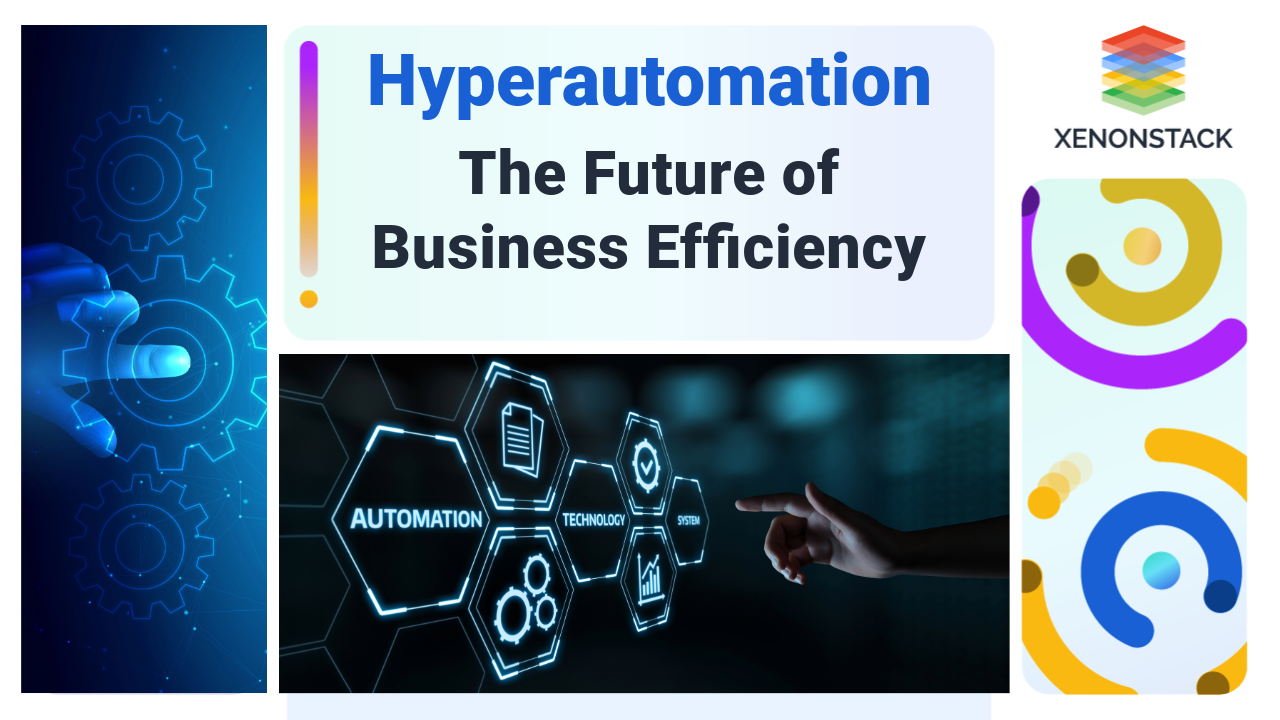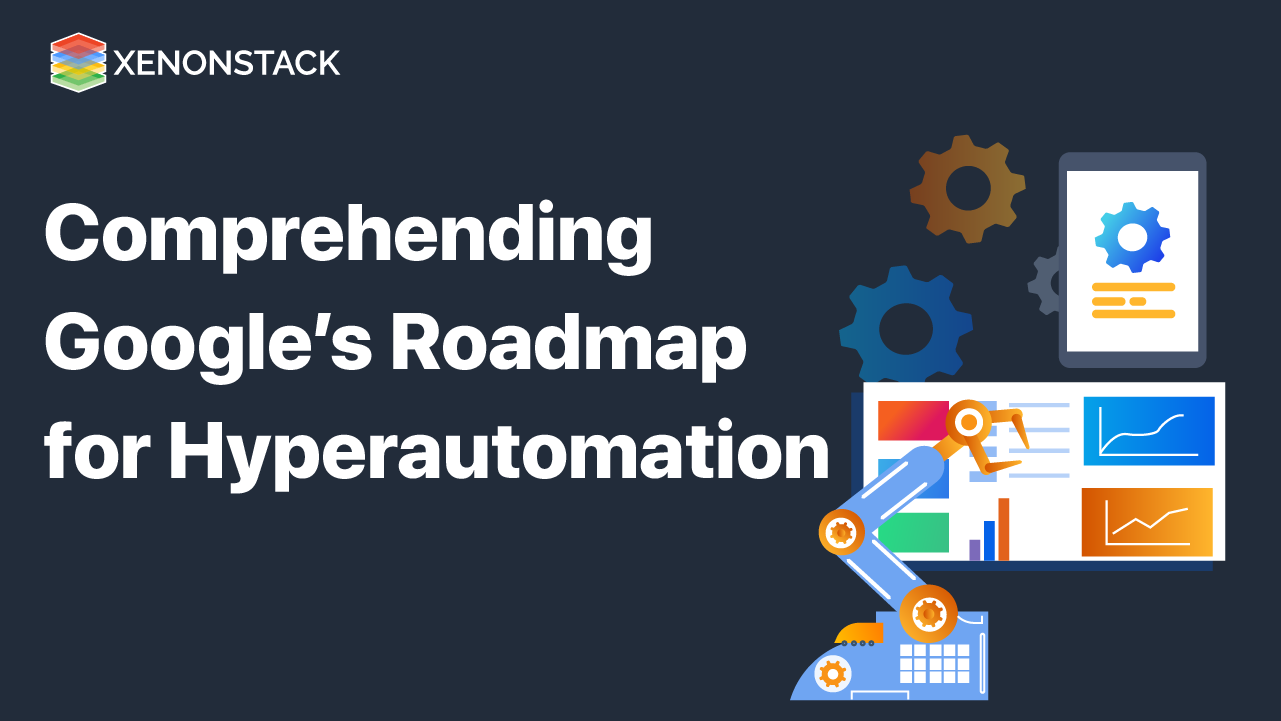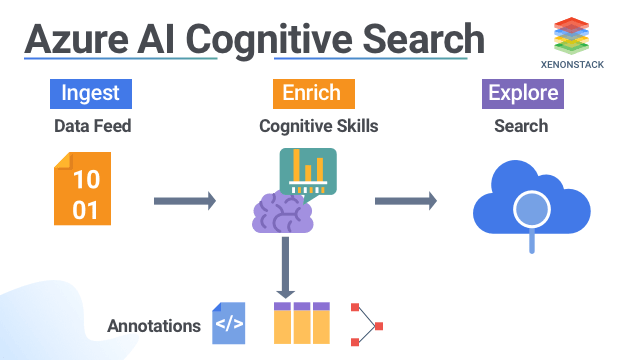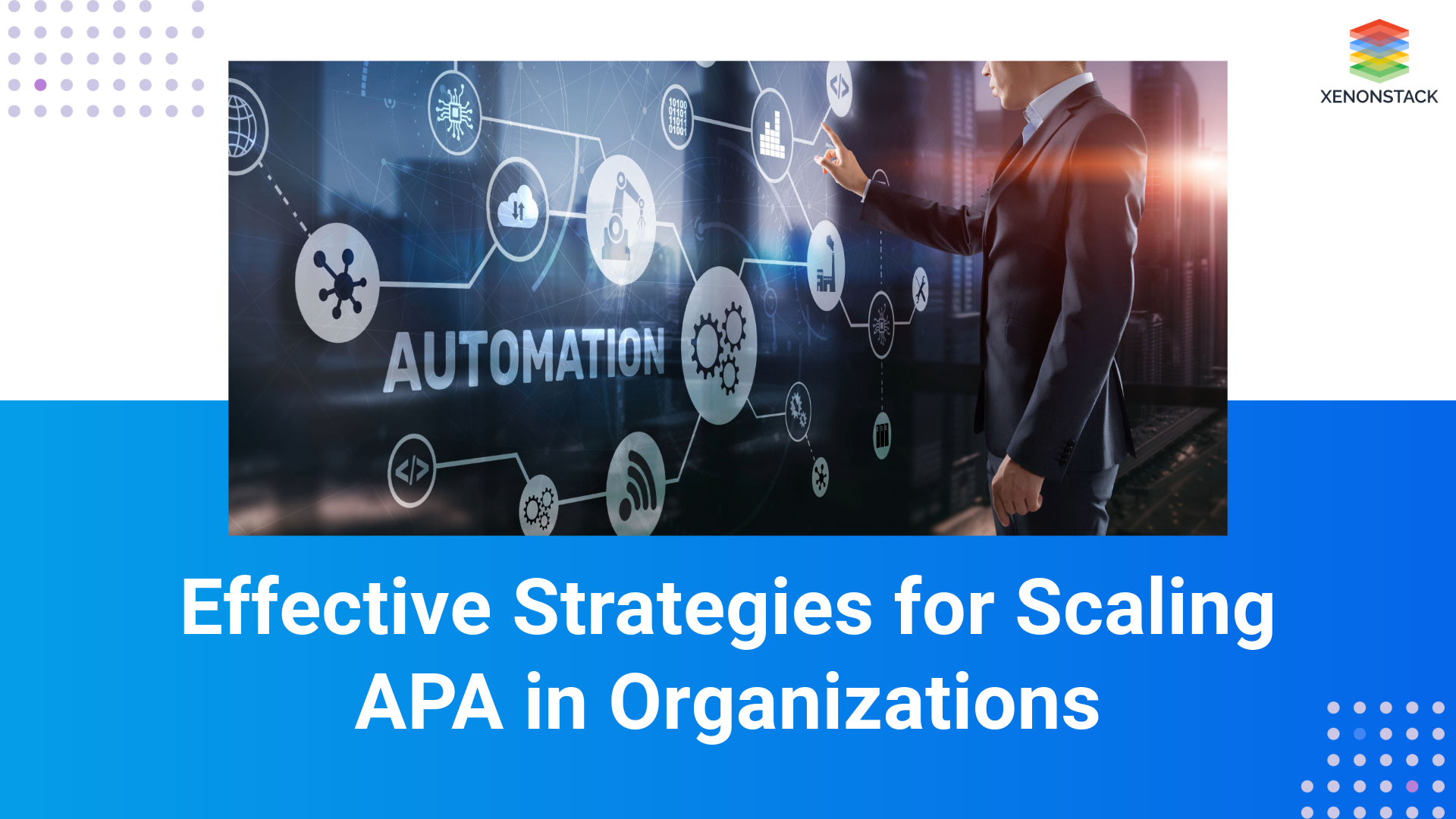
Introduction to Hyperautomation
Hyperautomation is a strategic, business-focused method that organizations employ to quickly identify, evaluate, and automate numerous business and IT processes. This approach leverages a coordinated use of various technologies and tools, such as artificial intelligence (AI), machine learning, event-driven software architecture, robotic process automation (RPA), business process management (BPM), and intelligent BPM suites (iBPMS), integration platform as a service (PaaS), low-code/no-code tools, packaged software, and other decision, process, and task automation tools.
Market Growth
The worldwide market for hyperautomation-enabling technologies is projected to reach nearly $600 billion by 2022, up from $481.6 billion in 2020
Cost Reduction
Organizations that adopt hyperautomation technologies are projected to achieve a 30% reduction in operational costs by the year 2024
Automation vs Hyperautomation
|
Aspect |
Automation |
Hyperautomation |
|
Definition |
Use of technology to handle processes with minimal human intervention |
Advanced application of technologies to automate complex tasks with cognitive inputs |
|
Scope |
Focuses on simple, repetitive tasks and processes |
Encompasses a broader set of tools, adding intelligence to automation for more complex tasks |
|
Technologies Used |
Primarily involves software automation tools and scripts |
Combines advanced technologies like AI, Machine Learning, and Process Automation for enhanced capabilities |
|
Complexity |
Suitable for straightforward tasks like data entry or order processing |
Designed to handle intricate tasks requiring cognitive decision-making and analysis |
|
Business Impact |
Improves efficiency and reduces manual effort in specific processes |
Drives exponential growth by enhancing the interaction between human labor and robotic software |
|
Human Involvement |
Limited human involvement post-automation |
Encourages intelligent collaboration between human workers and automation technologies |
Essential Components of Hyperautomation
Process Discovery
Process discovery utilizes advanced technologies like AI, ML, and NLP to provide comprehensive insights into operational activities. Mapping and analyzing business processes identifies bottlenecks and improvement areas, helping organizations prioritize automation efforts and maximize investment benefits.
Intelligent Document Processing (IDP)
IDP enhances hyper-automation by automating the handling of complex documents using AI and ML. It extracts, classifies, and validates data from unstructured documents like invoices and contracts, enabling faster and more accurate automation while managing large volumes of data.
"Hyperautomation requires selection of the right tools and technologies for the challenge at hand” – Gartner
No-Code/Low-Code Automation
No-code/low-code automation empowers non-technical users or citizen developers to create and deploy automation quickly. With tools leveraging generative AI and natural language prompts, users can design, test, and refine automation without programming knowledge, expanding automation across everyday workflows.
Intelligent Automation
Intelligent Automation combines AI technologies with robotic process automation (RPA) to automate repetitive tasks and enhance decision-making. It enables seamless interoperability between enterprise systems, fulfilling the goals of hyper-automation.
Robotic Process Automation (RPA)
RPA automates repetitive tasks by mimicking human interactions with digital systems. It integrates with AI tools to handle structured and unstructured data, ensuring compliance and security while delivering scalable, user-friendly automation solutions.
Artificial Intelligence (AI)
AI technologies like ML, NLP, intelligent OCR, and computer vision are essential for hyper-automation. They enhance automated processes by enabling systems to learn, understand human language, and accurately process documents, thereby broadening the scope of automation.
Integrations, APIs, and iPaaS
Integrations, APIs, and iPaaS platforms facilitate hyper-automation by connecting disparate systems into streamlined workflows. They provide no-code building blocks for automation, allowing real-time data exchange and efficient process execution across the enterprise.
Generative AI
Generative AI accelerates hyper-automation by automating tasks such as data collection and analysis. It generates synthetic data for model training and can enhance automation workflows, assist in content creation, and adapt automation to changing applications for better resilience.
AI Agents
AI agents utilize large language models to perform cognitive tasks and engage with users through prompts. They integrate with enterprise systems to fill automation gaps and operate collaboratively, representing the future of AI deployment in hyper automation initiatives.
XenonStack offers automation solutions to enhance business efficiency, boost productivity, and reduce risks. By integrating RPA with AI and NLP, they help firms address security, data quality, and operational flexibility challenges. Explore our Services, Robotic Process Automation Services and Consulting Solutions
Why does Hyperautomation matter?
Hyperautomation involves using advanced technologies to achieve long-term goals and fully utilize their potential and capabilities. It helps organizations perform, analyze, grow, and see the actual effects of these technologies, leading to digital business transformation. As many companies are digitalizing, they follow various strategies to understand their social media presence by collecting and analyzing data.
They convert raw data into useful information and visualize and compare it to improve their reach. This is where automation plays a crucial role.
Organizations recognize which business processes can and should be automated to leverage their processes and, consequently, their business. This approach leverages the capabilities of an automated enterprise by…
-
Using AI Capabilities
-
Performing advanced analytics
-
Automating various business processes
-
Increasing Workspace collaboration
-
Bringing Transparency in the process
-
Measuring various operations time taken, output, and giving their processed stats
HyperAutomation is creating a new class of workforce who can better connect various business data, be it structured or unstructured, gain insights, and act quicker to adapt to ever-changing customer needs.
Benefits of Hyperautomation
-
Accelerating Complex Work - Hyperautomation accelerates digital transformation in business operations by automating a wider range of tasks, including those that are more complex.
-
Leveraging AI and Automation - AI-driven automation serves as the backbone of hyper-automation. It is capable of integrating with business applications, utilizing both structured and unstructured data, analyzing information to make decisions, and identifying processes and new automation possibilities.
-
Enhanced Efficiency and Cost Savings—By pinpointing existing processes and revealing opportunities to eliminate bottlenecks and close process gaps, hyper-automation enables organizations to achieve desired business outcomes more efficiently and cost-effectively, resulting in improved performance and reduced expenses.
-
Increased Customer Satisfaction - Businesses can enhance overall service quality by addressing the more challenging aspects of customer service tasks and processes, achieving faster response times and shorter wait periods.
-
Intelligent Data Collection - With the help of Intelligent Automation tools, organizations can gather more detailed and accurate data on various aspects, from customer preferences to regional process variations. This creates the organisation's comprehensive ‘digital twin’, enhancing decision-making capabilities.
-
Improved Accuracy and Performance - Automating every possible process minimizes human error on a large scale and reduces wasted time and resources. Extending automation to all feasible processes represents a significant advancement in hyper-automation.
-
Accelerated Innovation Cycles - Automation technologies facilitate quicker development of new products and services that align with market trends while enhancing customer experiences through improved speed, accuracy, and personalized online and offline digital interactions.
-
Increased Scalability and Flexibility— With automated processes, Businesses can scale operations swiftly without overextending existing resources. Automation also provides the flexibility to rapidly adapt to changing business requirements or customer demands.
-
Enhanced Security and Compliance - Hyperautomation extends technologies such as data encryption, access controls, and audit trails to additional processes, helping businesses bolster security and adhere to strict compliance standards while delivering comprehensive protection for mission-critical applications and safeguarding sensitive data.
-
Sustainable Competitive Advantage - Hyperautomation lays the groundwork for ongoing innovation, enhanced customer service, and greater productivity, leading to improved long-term profitability and a stronger market position.
Future Trends in Hyperautomation
As Hyperautomation involves many technologies, having the right tools and technologies is imperative. This decision depends on the organization's strategy, the decision-makers, and the teams using these tools and their skills. This selection of the right tool is also what Gartner calls “architecting for hyper-automation.” An organisation's tools must be scalable, easy to work with, and interoperable with its existing system. Otherwise, they may become its cost centre.
It is not made to replace humans; instead, it is used to leverage humans' capabilities and work efficiency. RPA combined with various Artificial intelligence can help you Hyperautomate processes. If adopted by automated organizations, it can help them monitor, analyze, and grow while being creative and bringing something new and useful to society. A hyper-automated organization can only be achieved through hyper-agile work ethics and tools.
- Explore Robotic Process Automation vs Traditional Automation
- Read here about Manufacturing Process Automation
Next Steps in Hyperautomation
Talk to our experts about implementing compound AI system, How Industries and different departments use Agentic Workflows and Decision Intelligence to Become Decision Centric. Utilizes AI to automate and optimize IT support and operations, improving efficiency and responsiveness.



